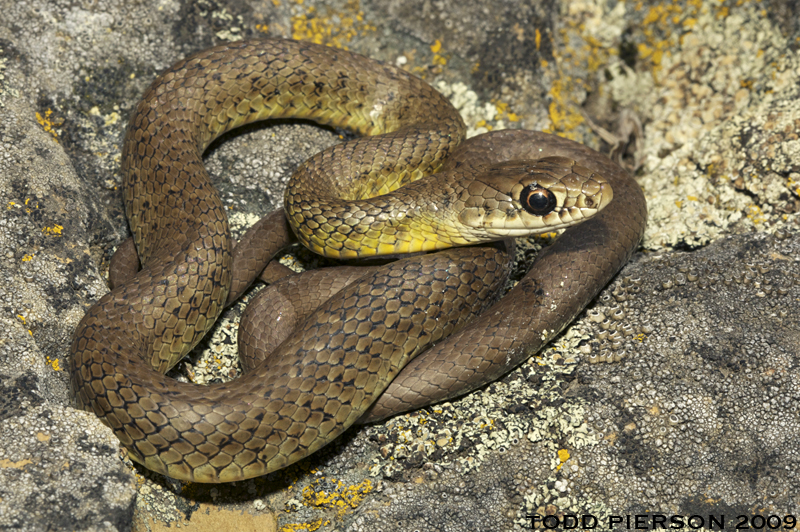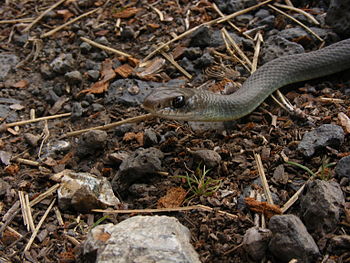

Young snakes may consume crickets and other insects, whereas adults feed primarily on rodents, songbirds, and snakes. Campbell and Perrin also noted that racers were among the first snakes to disappear from suburban areas. Therefore, Blue Racers are more confined to areas with minimal anthropogenic activity. In contrast to Blue Racers, fox snakes were often found under front porches, in barns/garages, and in the foundations of houses whereas, most (but not all) Blue Racers were observed in more "natural"settings. (although studies were not conducted concurrently).

Behavior/Adaptability īlue racers seem to be relatively intolerant of high levels of human activity and foremost of the active season they remain in areas of low human density.Įvidence to suggest this comes largely from radio telemetry data from both Blue Racers and eastern fox snakes that inhabited the same general areas on Pelee Island flaviventris (the yellow-bellied racers), most recent authorities agree that the subspecies C.c. Although there has been some controversy regarding the designation of C.c.
COLUBER CONSTRICTOR FOXII CARE FULL
Unlike adults, hatchlings and yearlings (first full active season) have dorsal blotches that fade completely by the third year however, juvenile patterning is still visible on the venter until late in the snake's third season. They also have characteristic black masks, relatively large eyes, and often have brownish-orange rostral scales (snouts). Blue Racers often have creamy white ventral scales, dull grey to brilliant blue lateral scales, and pale brown to dark grey dorsums. The largest documented specimen captured on Pelee Island was 138 cm SVL.

The Blue Racer is one of Ontario's largest snakes, reaching 90 cm to 152 cm snout-to-vent length (SVL).


 0 kommentar(er)
0 kommentar(er)
